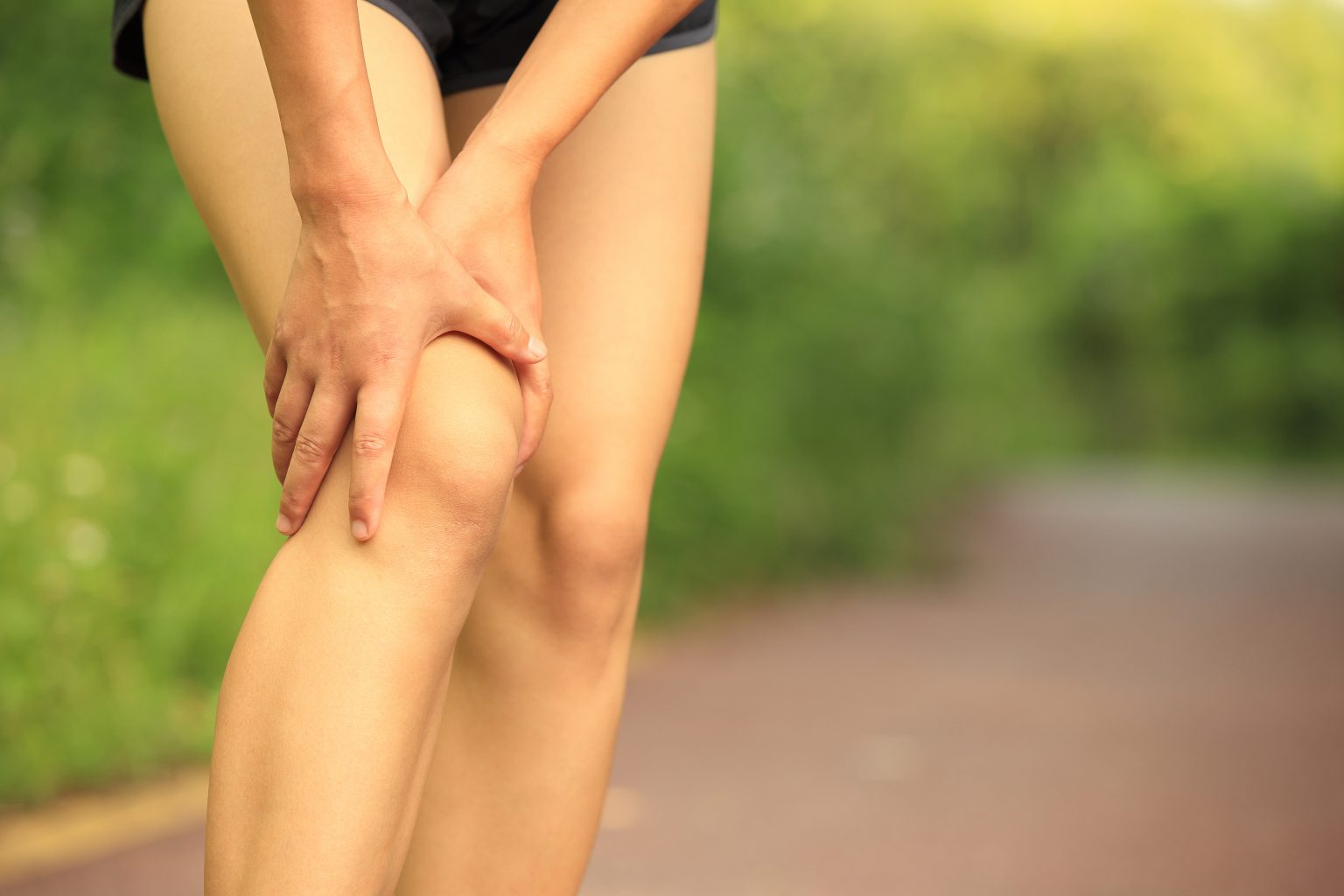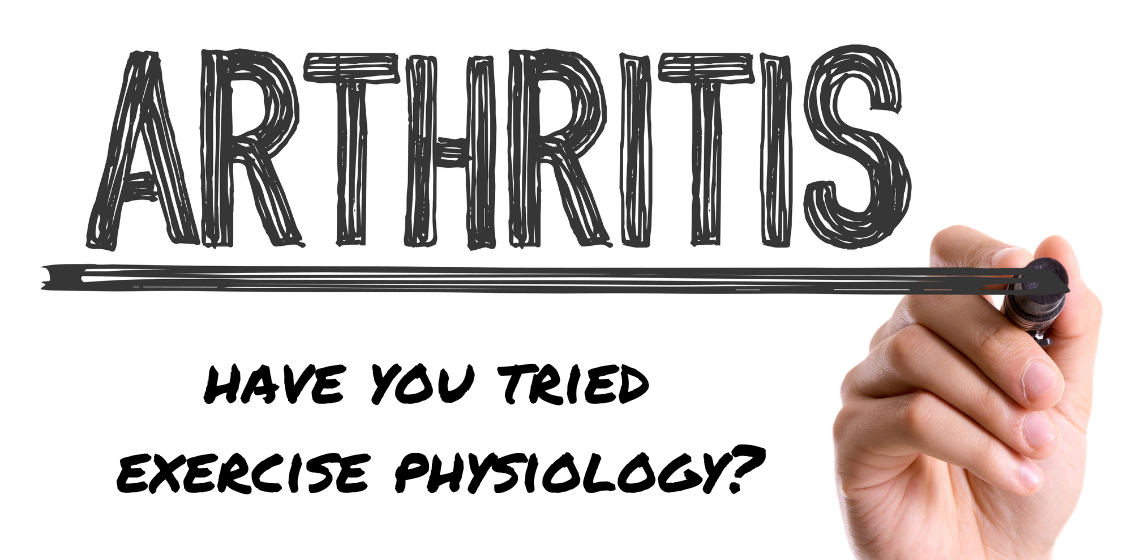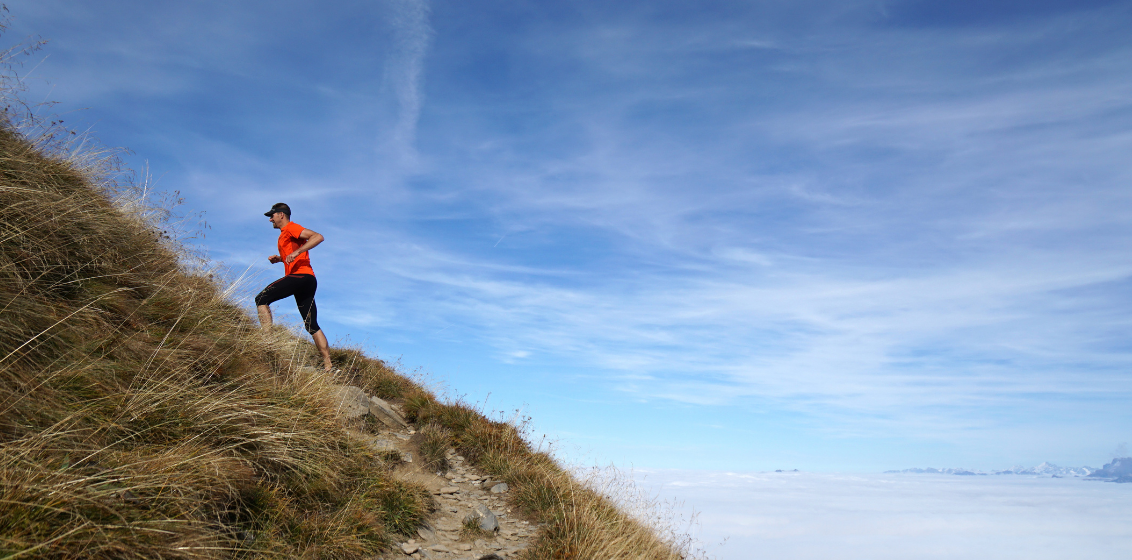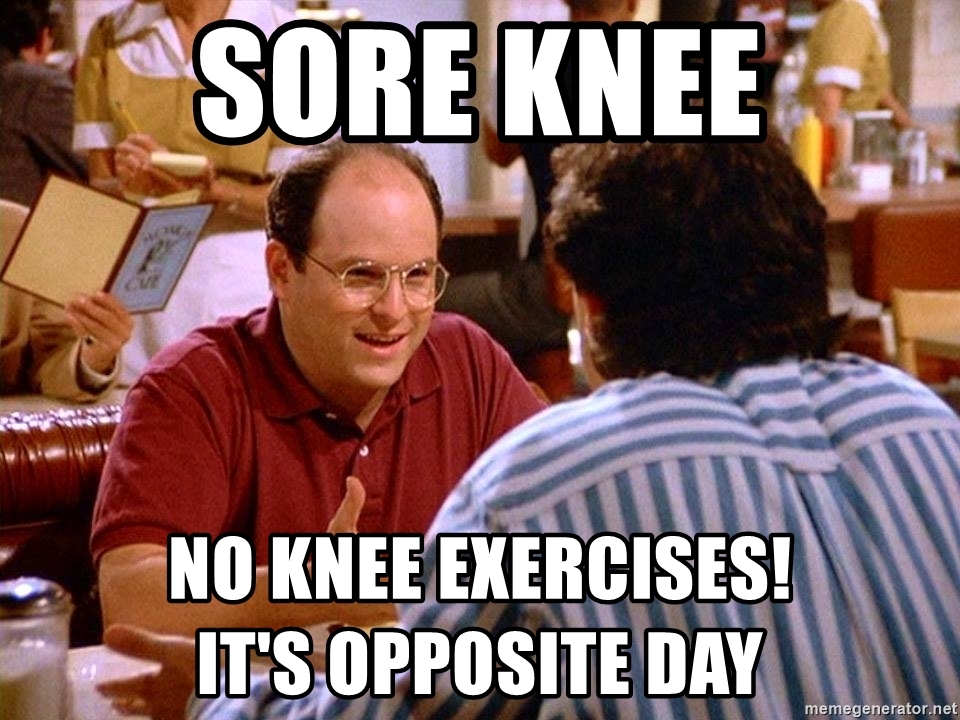Hip and Knee Osteoarthritis: Exercise before Surgery!!

Are you 1 of the 2.1 million Australians who suffer from osteoarthritis?
Osteoarthritis is a chronic disease which causes structural changes in joints. It often presents with pain, with or without stiffness and swelling around the joint, and can result in a significant loss of function.
As our population continues to age, so does the incidence of people diagnosed with osteoarthritis. 30% of people aged 65 or older report joint symptoms and there is approximately $1.6 billion spent on treating osteoarthritis every year.
This is becoming a major burden on our health system and while there is no cure for osteoarthritis, there are many ways to slow the progression of the disease and effective treatments to manage symptoms and improve function and quality of life.
Osteoarthritis of the hip and knee causes a high burden on patients and the healthcare system. Many people believe that undergoing a joint replacement is the best and only solution to managing osteoarthritis. This however, is not the case.
In May of 2017, a Clinical Care Standard of Osteoarthritis of the Knee was released which recommended conservative management as the best treatment for knee osteoarthritis. This however is not currently being practiced as almost 70% of NSW patients on the waiting list for knee replacement surgery have had no conservative management except for medication.
Conservative treatment is integral to slow the progression of the disease and can also be utilised in the prevention of osteoarthritis for the younger population.
The three main components of conservative management are:
- Education: Education about osteoarthritis and possible treatments, such as lifestyle measures, medicines and joint protection aids, which can help you make a decision about the care you need in order to be able to self-manage your condition and return to your usual activities
- Exercise: Exercise strategies tailored to your individual needs to reduce pain and improve function, specifically exercises to strengthen the muscles around the knee joint and to improve overall fitness
- Weight control: One of the clear risk factors of OA is being overweight. Being overweight double’s a person’s risk of developing knee osteoarthritis, while obesity quadruples the risk. Losing a moderate amount of weight can improve symptoms and the physical capability of people with knee osteoarthritis*
It is never too early or too late to start thinking about the health of your hips and knees. Whether you experience any type of hip or knee pain, are in the early stages of osteoarthritis or later stages, your physiotherapist can help you to develop a plan towards healthy joints and a more active lifestyle.
Here at Parkside Sports Physio we are able to examine and diagnose your hip and knee condition and give you a number of options including
- Individual home-based exercise programs
- Group Hip and Knee arthritis exercise programs (stay tuned for details very soon)
- Hydrotherapy with our Physio Trish Loder
*Osteoarthritis of the Knee Clinical Care Standard (May 2017)



